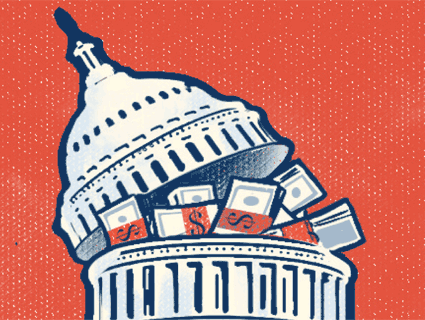A new study finds that lower-income Americans are happier when the gap between the rich and poor is smaller… for those at the top, there’s no difference. The study, to be published in Psychological Science, might help explain why, despite the US’s growing overall wealth, many people aren’t happier. After all, it’s hard to keep your chin up when the top 10% of the country pulls in $164,647 a year while the bottom 90% only earns around $31,244. That disparity—seeing just how much more others have—was responsible for people in the lower and middle classes feeling more distrustful during times of greater income inequality. It wasn’t so much their own earnings as seeing them in comparison to others’ that made them feel things weren’t fair. The distrust and feeling of unfairness were what resulted in feelings of unhappiness, not earning less. Correspondingly, the happiness of those in the upper classes was not affected by income inequality.
The study followed 48,000 people over 37 years. And the current state of income inequality did not go unnoticed by the researchers. Their suggestion for making things more equitable? Better taxation. Let’s see how that goes over in 2012.













